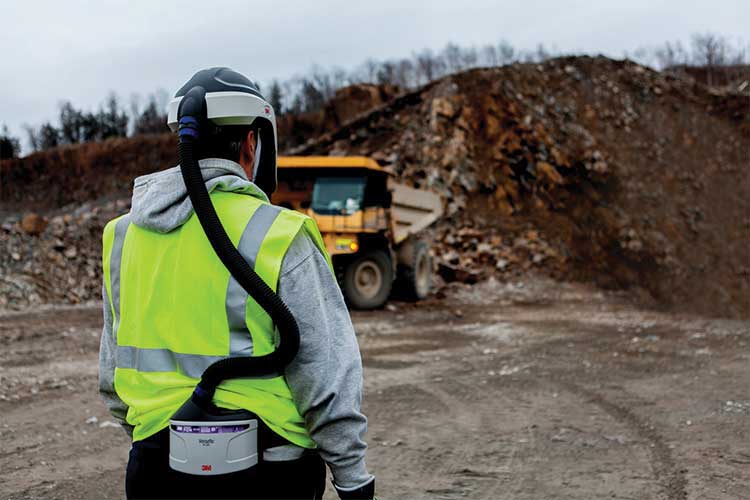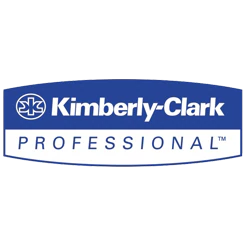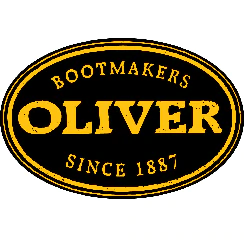The Changing Face of Respirators

While tackling the harmful effects of, silica dust, hazardous gases, and airborne viruses, other factors such as user comfort, fatigue and the work environment have contributed to an increasing trend towards the use of Powered Air Purifying Respirators (PAPR).
With Reusable Respirators (RR) still commonly used on worksites, perhaps looking at the differences in more detail, may provide better insight as to why ‘the PAPR’ is fast becoming the ‘go-to’ respiratory protection equipment (RPE) for many customers.
“THE RR”
Reusable Respirators, often referred to as ‘half-face’ and ‘full-face’, come with a variety of different cartridges and filters. The RR’s get their name from the fact that many of their components can be maintained, replaced, and re-used. If they are well maintained, they can last for some time.
Also, it is of critical importance that they must be fit-tested to each individual wearer. “Because of the negative pressure created on inhalation, it’s imperative to conduct regular fit checks of the assembled respirator, prior to entering any contaminated workplace,” says Graham Powe of Safety Equipment Australia.
As with the case with any respirator, it’s essential that the correct type of filter is chosen according to its suitability to protect from relevant contaminants and hazards. “It’s critical filters are replaced frequently, in line with a risk assessment conducted by a competent person, with a full knowledge of the respiratory hazards in the workplace,” says Timothy Khoo of 3M, Personal Safety Division.
“THE PAPR”
A Powered Air Purifying Respirator uses a battery powered fan-unit that pulls ambient air through the filters delivering clean air to the head coverings or facepieces. Unlike RR’s, the PAPR…
- Does not require individual fit-testing if used with loose fitting head and face coverings, such as hoods or helmets.
- Potentially increases the comfort of the wearer. This includes the option of reducing the weight of filters carried on the facepiece, particularly during long periods of use.
- Potentially allows the wearer to integrate multiple types of PPE (Personal Protective Equipment).
There are many benefits of using PAPR’s. They can help keep the wearer cool and provide protection factors of up to 100+ for certain configurations. “A PAPR helps reduce the workload for the user, due to the positive airflow the fan unit delivers inside the mask,” says Graham.
“There’s also a wide range of hoods, head tops and accessories to suit a variety of applications. Some with hearing protection and microphone, and two-way communications”, says Sanya Kranenburg of 3M, Personal Safety Division.
PAPR’s are ideal for use in a vast array of situations and industries, including:
- Asbestos removal
- Jobs in which silica dust is present
- Pharmaceutical manufacture
- Smelting
- Waste Control
- Land remediation
- Welding
- Agriculture
Because of their suitability to variety different situations, PAPR’s are becoming more widely used in the workplace, and the global COVID 19 pandemic saw the expanded use of PAPR in the health care sector as a means of protecting medical personnel.









